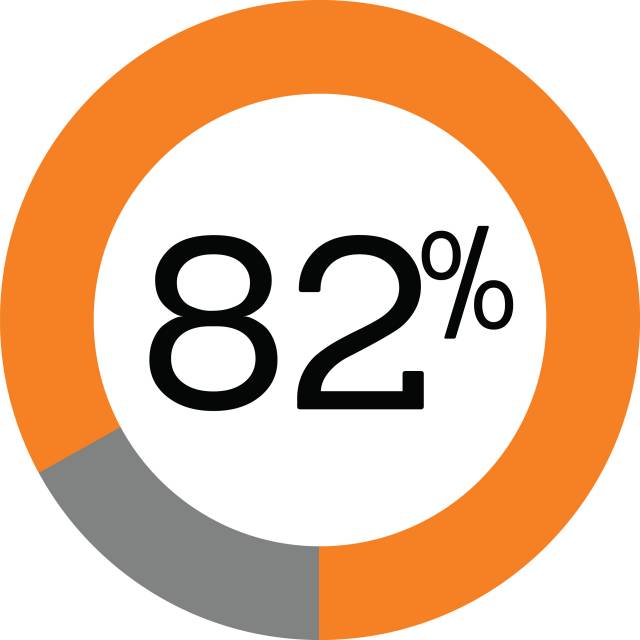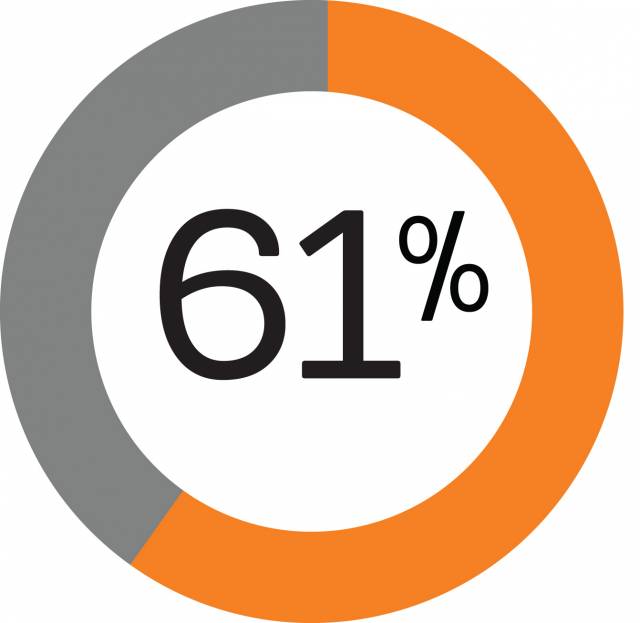Princeton University has offered admission to 1,823 students for the Class of 2024
Princeton University has offered admission to 1,823 students for the Class of 2024, including 17% who will be first-generation college students and 61% of U.S. citizens or permanent residents self-identified as people of color, including biracial and multiracial students. The University expects that approximately 60% of the enrolled class will receive financial aid; more than 20% of admitted students come from low-income backgrounds. This year’s admission process reflects the University’s enduring commitment to attract, enroll and support extraordinary students from all backgrounds.
“I was very impressed by the talent displayed in the overall pool. We had to make some very difficult decisions in the process of admitting a class that will come to Princeton, form a community and use what they learn to do amazing things,” said Dean of Admission Karen Richardson, a Princeton Class of 1993 alumnus. “These students are artists, scientists, athletes, musicians, caregivers, debaters and much more. Most importantly, through their applications, they showed a real desire to engage with others in the types of critical yet respectful discussions that make Princeton a dynamic place.”
The University’s undergraduate admission office has mailed letters to students admitted in the regular-decision applicant pool, and applicants will be able to see their decisions via secure online access starting today at 7 p.m. EDT. In December, 791 applicants were offered admission through single-choice early action.
Students from a wide range of backgrounds
The University uses a range of approaches and partnerships to attract high-achieving students from a wide array of backgrounds.
Princeton is a member of the American Talent Initiative, a national effort to expand college access and opportunity for talented low- and moderate-income students. ATI aims to attract, enroll and graduate an additional 50,000 lower-income students by 2025.
The Office of Admission works with community-based organizations and nonprofits, such as QuestBridge, Leadership Enterprise for a Diverse America (LEDA) and the Princeton University Preparatory Program(PUPP), to encourage high-achieving, low-income students to apply to Princeton.
Princeton also recently reinstated a transfer admission program, which particularly encourages applications from students from low-income backgrounds, community college students and U.S. military veterans. The deadline for transfer applicants was March 1, and transfer candidates will receive admission decisions in mid-May. Around 12 transfer students are expected to enroll in fall 2020.
For the Class of 2024, Princeton received 32,836 applications through the single-choice early action and regular decision programs. The applicant pool included students from among 10,897 high schools from 161 countries.
Of the students offered admission, 51% are women and 49% are men. Sixty-three percent of the admitted students come from public schools. Close to 24% of admitted students indicated they want to study engineering, and 15% are interested in studying the humanities. Eleven percent of admitted students indicated they were undecided. Children of Princeton alumni account for 10% of the admitted students.
The students come from 48 states, plus Washington, D.C. and Puerto Rico, and are citizens of 64 countries.

of recent seniors
graduated debt free.
Making a Princeton education affordable for all
Princeton is committed to affordability in higher education, and our financial aid program is one of the most generous in the country. Most students graduate debt free because they are not required to borrow as part of Princeton’s aid program. This commitment has been key to tripling the percentage of low-income college students attending Princeton over the last decade.
More than 60% of Princeton undergraduates receive financial aid. Students from low- and middle-income backgrounds qualify for aid, including students with family incomes up to $250,000. The average grant is greater than the cost of tuition, while lower-income students receive aid that covers full tuition, room and board. For many families, Princeton is more affordable than the cost of a state college or university.

of undergraduates
receive financial aid.
A virtual Princeton Preview
Princeton, like many other colleges across the world, has made the difficult but necessary decision to suspend on-campus programming this spring due to the COVID-19 pandemic. Typically, the Admission Office welcomes more than 1,000 students and their families to campus in April for the admitted student program Princeton Preview.
“While the current world health situation does not allow us to hold our on-campus programs for admitted students, we will continue forward with an engaging virtual program, complete with panels, video tours, and digital meet and greets between current and admitted students,” Richardson said. “Faculty, staff and students have come together as a community to help the Admission Office create a meaningful and immersive Princeton Preview program for the Class of 2024.”
Princeton Preview newsletters will be sent weekly to admitted students highlighting virtual programming with faculty, students and administrators. The content will be made available through an online portal for admitted students and their families so viewers can tune in live or at a later point in time.
The Admission Office’s Instagram (@Apply.Princeton) will feature content tailored to admitted students during the month. Current undergraduates also will contribute remotely to this year’s Princeton Preview, providing social media content for the Admission Office’s channels.
The Undergraduate Financial Aid Office will be offering phone consultations for admitted students and their families.
Enrolling the Class of 2024
Admitted candidates have until May 1 to accept Princeton’s offer of admission. In addition to the 1,823 students admitted, some candidates have been offered a spot on the wait list. Any students on the wait list who may be offered admission in May or June will receive the same financial aid they would have received had they been offered admission this week.
The class size is expected to be approximately 1,296 students for the Class of 2024, which does not include transfer students. Up to 35 members of the Class of 2024 are expected to begin their Princeton experience with the Novogratz Bridge Year Program. The University-sponsored program allows incoming first-year students to spend a tuition-free year engaged in public service work.
The University hopes to welcome the Class of 2024 to campus in the fall, pending federal and state public health guidelines to ensure the safety of the entire community. The University will continue to assess how best to fulfill its academic mission while it responds to the worldwide COVID-19 pandemic and is committed to communicating about any changes with the community when decisions about the 2020-21 academic year are made at a later date.

